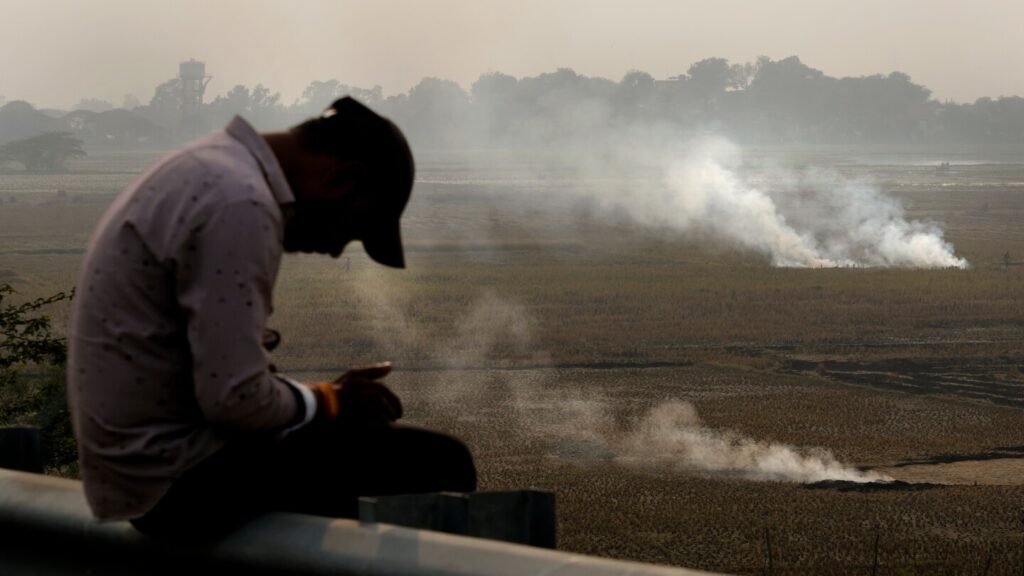Last year, atmospheric carbon dioxide (CO2) levels reached their highest recorded levels, significantly impacting the climate and accelerating extreme weather conditions. The World Meteorological Organization (WMO) reported that the increase in CO2 levels from 2023 to 2024 was the largest annual surge since measurements began, highlighting a troubling trend where the rate of increase has tripled since the 1960s.
Key factors contributing to this rise include emissions from fossil fuels and wildfires, creating a “vicious cycle” where the capacity of oceans and forests to absorb CO2 diminishes. Experts warn that natural carbon sinks, like the Amazon, are losing their effectiveness, potentially leading to a tipping point where these ecosystems could start emitting CO2 instead of absorbing it.
Despite a flat trend in fossil fuel emissions last year, the acceleration in atmospheric CO2 levels suggests severe consequences for global climate stability. The report raises concerns about the feasibility of meeting the Paris Agreement’s goal of limiting temperature rise to 1.5 degrees Celsius, with current trajectories indicating a potential increase of up to 3 degrees Celsius. The WMO urges policymakers to enhance efforts to reduce greenhouse gas emissions to avert a dire climate crisis.
Source link


